Strangest Animal Species Discovered in 2024
Despite centuries of research, science still has a long way to go in discovering the entirety of the Earth’s species. Fortunately, we’re getting closer year by year with scientists’ efforts. In 2024 alone, scientists discovered hundreds of new species. Let’s check out the strangest ones below.
Skeleton Panda Sea Squirt
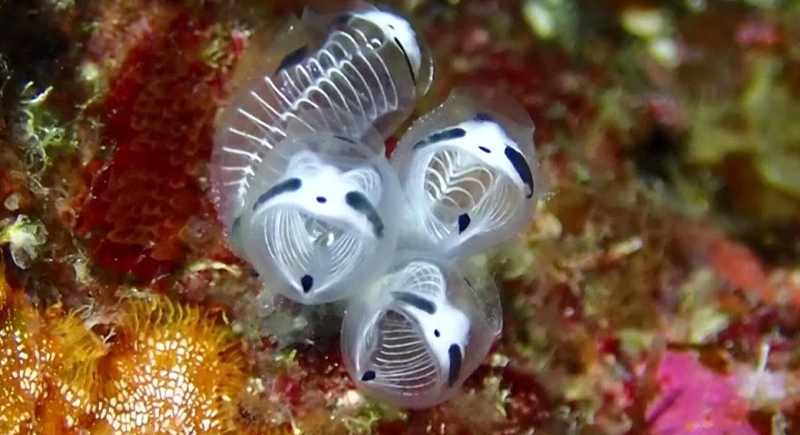
Credit: Youtube
Off the coast of Japan, scientists encountered a marine organism so peculiar it demanded a second look. The skeleton panda sea squirt has transparent bodies patterned with black and white markings that give it the appearance of a ghostly panda. These creatures cluster in colonies and attach themselves to underwater rocks and coral reefs. Their primary function is filter-feeding, where they extract plankton and nutrients from the water.
A Vampire Hedgehog
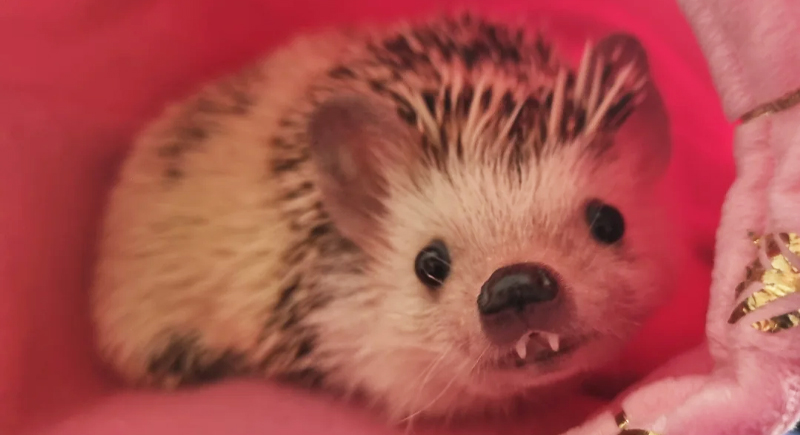
Credit: Reddit
A hedgehog with fangs sounds like the setup for a bad horror flick, but this little critter is very real. Found in Southeast Asia, the “vampire hedgehog” gets its name from its long, sharp teeth, perfect for munching on insects. Fortunately, it’s less Dracula and more pest control specialist. Despite its intimidating nickname, this nocturnal insectivore prefers to avoid drama and stick to the shadows—probably for the best.
Cao Bang Crocodile Newt
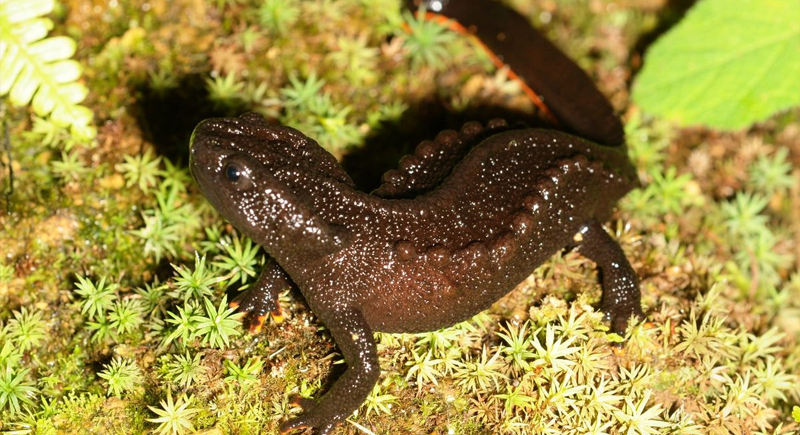
Credit: Wikimedia Commons
The Cao Bang crocodile newt has bright orange markings that scream “Don’t eat me!” to predators, thanks to its toxic skin. It was found in the misty highlands of northern Vietnam and is a master of survival. And though its rough, crocodile-like skin might not win any beauty contests, it’s certainly worth a second look.
Pirate Spiders
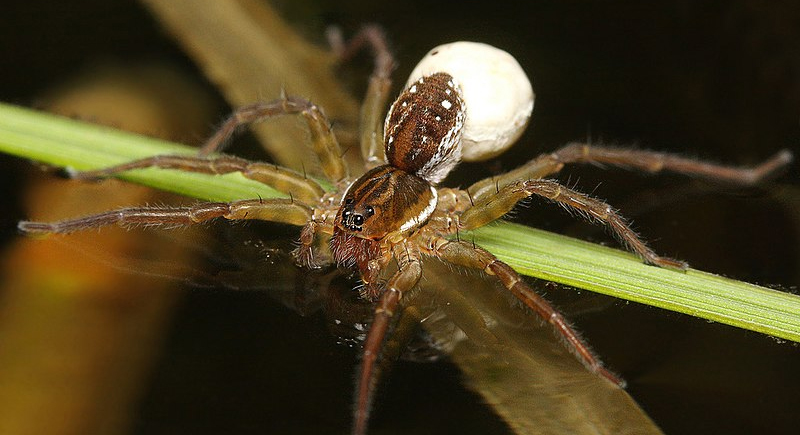
Credit: Wikimedia Commons
Rainforests are full of surprises, and this year they delivered two new pirate spider species, Ero lizae and Ero natashae. These arachnids are specialists in hunting their own kind, using cunning strategies to infiltrate the webs of other spiders. By mimicking the movements of prey, they deceive their victims before attacking. Their spiny legs and stealthy behavior make them fascinating subjects of study.
Kermit the Bony Salamander
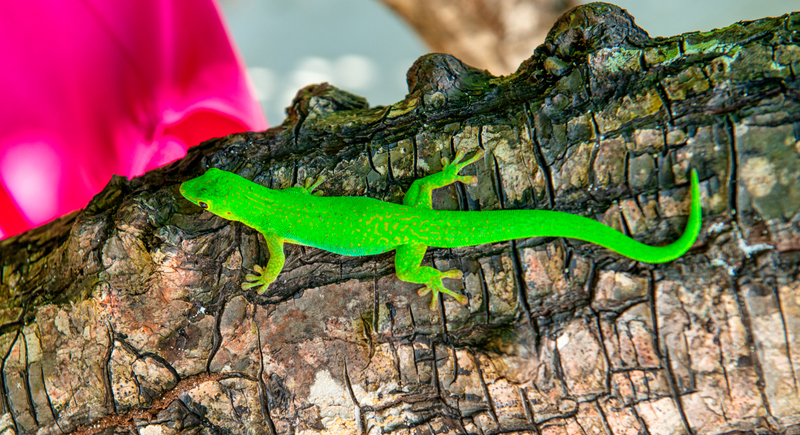
Credit: iStockphoto
This bright green salamander is as quirky as its nickname suggests. Its lime-green skin, paired with distinct bony ridges along its body, allows it to blend into moss-covered surroundings, a necessary adaptation for avoiding predators. This salamander is primarily insectivorous and feeds on small invertebrates found in its high-altitude habitat.
Blob-Headed Fish
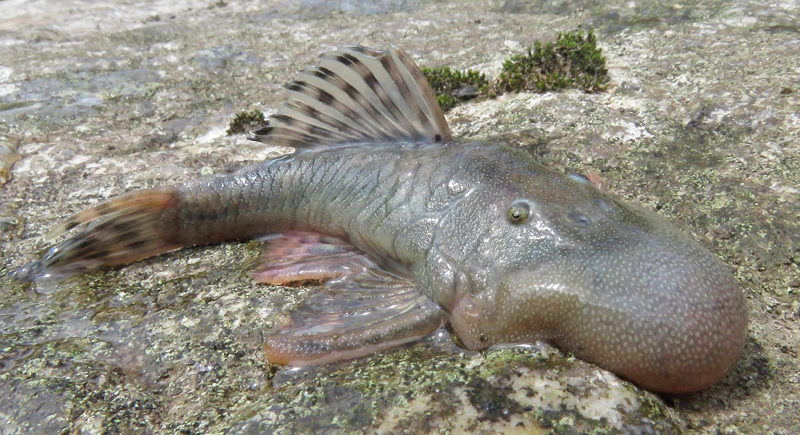
Credit: X
Deep-sea creatures are often weird, but the blob-headed fish takes weird to another level. It resides in the pitch-black depths of the ocean where sunlight never penetrates. Its gelatinous body and bulbous, transparent head make it a fascinating example of adaptation to high-pressure, low-light environments. This species relies on its sensitive lateral line system to detect prey in the pitch-black depths.
Semi-Aquatic Mouse
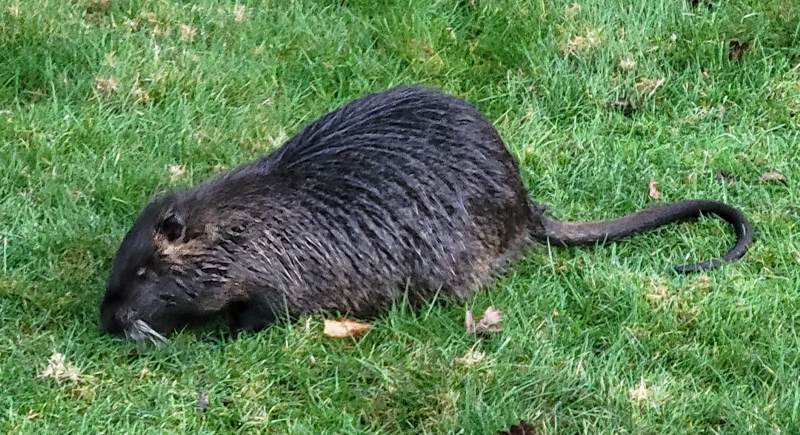
Credit: Reddit
A mouse that swims? You bet. This South American rodent is basically the Michael Phelps of the wetlands. It’s equipped with webbed feet and waterproof fur that are built for life in and around water, where it forages for plants and insects. Watching this little guy paddle around might be cute, but don’t let that fool you—it’s a highly efficient survivor.
‘Starry Night’ Gecko
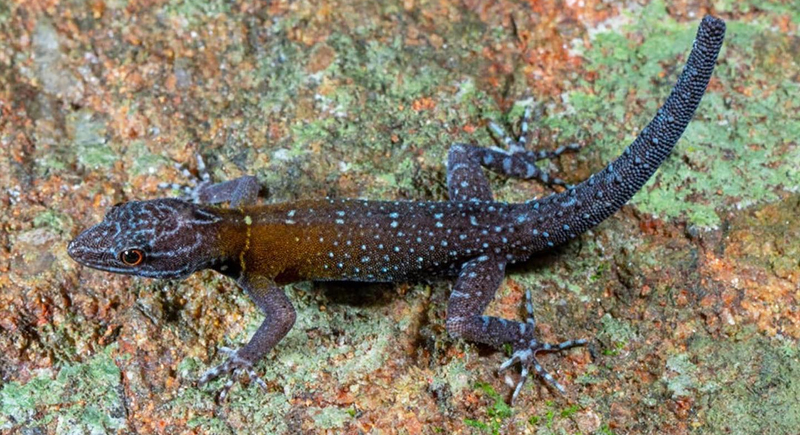
Credit: Instagram
The ‘starry night’ gecko has been named after Van Gogh’s famous work, Starry Night. The gecko has dark skin, dotted with white spots which provides natural camouflage in dappled moonlight. At night, it hunts for insects and uses its pattern to blend into its surroundings. It’s a living constellation, though thankfully, no telescopes are required to spot this one.
‘Eye of Sauron’ Fish
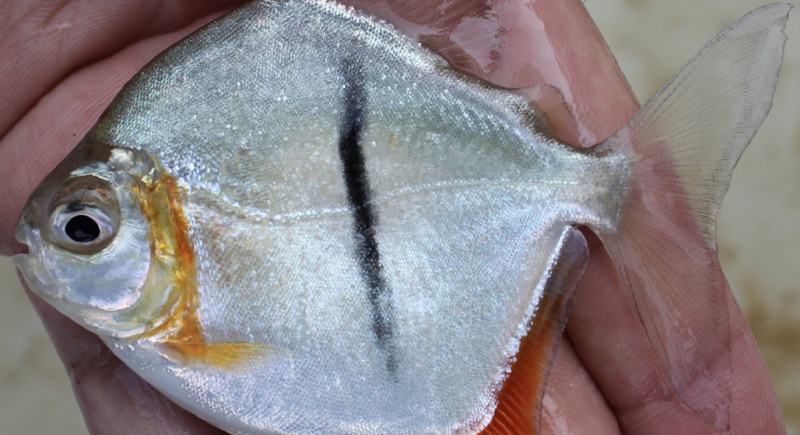
Credit: Facebook
Straight out of Middle-earth, the Myloplus Sauron was named for the dark, ominous marking on its side that resembles the infamous Eye of Sauron. Unlike the villain it’s named after, this Amazonian pacu is a peaceful herbivore and feasts on plants and helps with seed dispersal. If Sauron had been a vegetarian fish, maybe things would’ve gone a little differently in The Lord of the Rings.
Bathygobius Mero

Credit: Facebook
This fish has mastered the art of sponge living—literally. It resides inside marine sponges, enjoying the safety of its host while offering protection in return. This mutually beneficial arrangement shows just how interconnected marine ecosystems are.
Marco Reyes’ Glassfrog
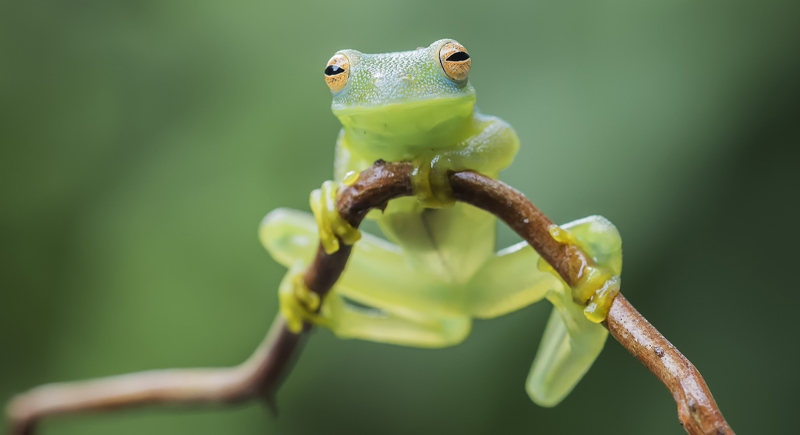
Credit: iStockphoto
A new species of the famous glass frog was discovered in the San Francisco Reserve. This translucent amphibian offers a window into its internal organs—literally. It’s one of the many glass frogs that thrive in this biodiversity hotspot. Its discovery also raises an important question: How many more species are hiding in the Andes, waiting to be found?
New Parasitoid Wasp from Texas
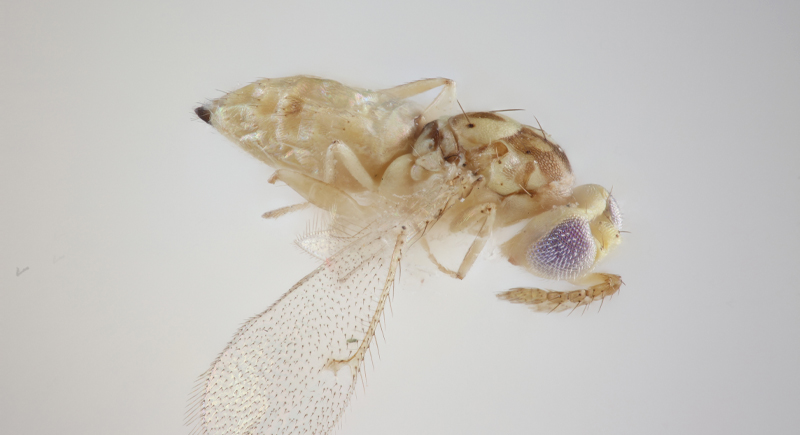
Credit: Wikimedia Commons
Who knew Houston’s Rice University campus would be home to a brand-new wasp species? Chrysonotomyia susbelli sp. nov. is a parasitoid wasp that emerges from galls on southern live oak leaves. While its lifestyle might sound a little grim—laying eggs inside insects—it’s a critical player in controlling pest populations.
Dwarf Squirrel Species (Microsciurus sp.)
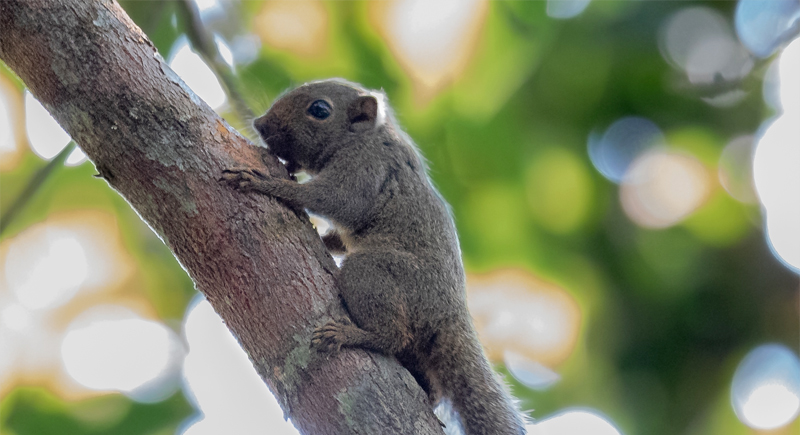
Credit: Wikimedia Commons
This tiny squirrel, measuring just 14 centimeters (5.5 inches), is quick, elusive, and downright adorable. It zips through the treetops with surprising agility, while its chestnut-brown fur blends perfectly with its surroundings. Blink, and you’ll miss it. Even if it’s hard to keep up with, its role in seed dispersal makes it super important.
Pygmy Pipehorse (Cylix nkosi)
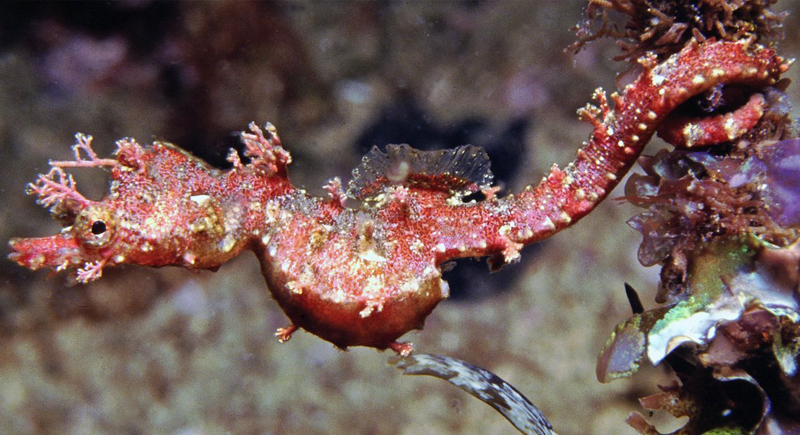
Credit: australian.museum
The pygmy pipehorse is about the size of a golf tee. As a relative of the seahorse, it clings to coral and sponges and uses its tiny, crown-shaped head for camouflage. It was named after the Zulu word for “chief” and reminds us that even the smallest animals can have big personalities—or at least big names.